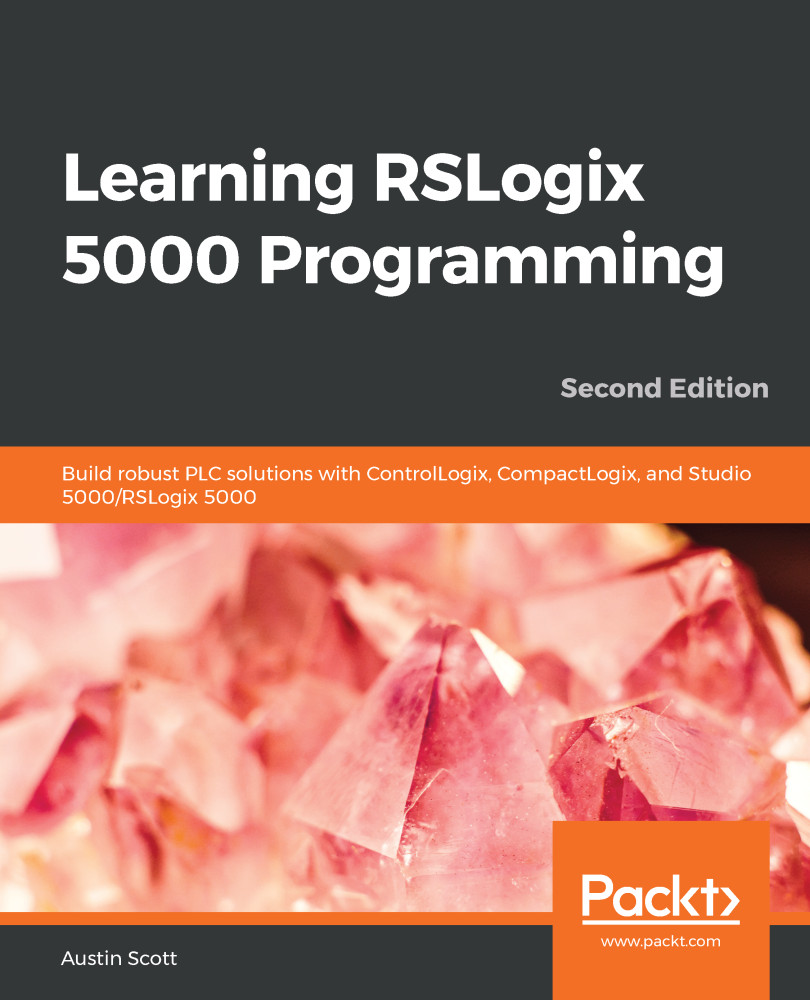ST is not case sensitive, so uppercase and lowercase letters are considered the same character by the compiler. There are best practices for using upper and lowercase letters, which we will demonstrate in our routines. Also, the ST compiler ignores whitespace, which is any space or tab character. This allows you to space out your code in order to make it easier to read.
Now that you have seen some structured text in action, let's take a look at the available operators in ST.
The assignment operator
The assignment operator changes a value stored in a tag. An assignment operation is comprised of four parts:
- The tag
- The operator (:=)
- The expression
- A semicolon at the end
The tag maintains the assigned value until it is changed by another assignment value. Even after a power cycle, the value is retained. In this respect, the non-retentive assignment operator is similar...

































































